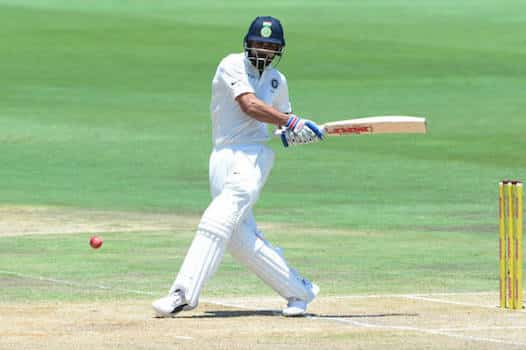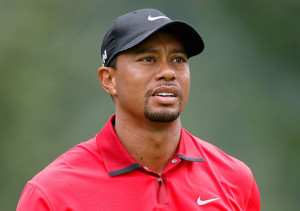Virat Kohli might have lost the war but he won the battle of the batsmen in a series tailormade for the bowlers.
Vernon Philander, by virtue of a career-best 6-42 in the second innings at Newlands, and a series return of 15 wickets at an average of 15.86, was named Man of the Series, won 2-1 by South Africa.
It’s a given that the Man of the Match and the Man of the Series come from the winning side. However, in a three-Test series which saw all 40 wickets fall in every match – that could not have happened too often before? – you’d expect the bowlers to claim all the headlines and the glory.
Apart from Philander, Kagiso Rabada also took 15 wickets – as did India’s Mohammed Shami – while Jasprit Bumrah took 14 and Morne Morkel 13. And spare a thought for Bhuvneshwar Kumar, who had South Africa on the skids at 12-3 in the first innings at Newlands and took six wickets in that match, only to be dropped for the second Test at Centurion. He responded with a Man of the Match display in the third Test at the Wanderers, to finish with 10 wickets in two Tests.
The India team selections meeting must have been rather lively, given they dropped a player of Kumar’s ability before re-instating him.
So it’s understandable that Philander earned the Man of the Series plaudits. However, I would have broken with tradition and awarded it to Kohli.
When you have a look at how stacked things were in the favour of the bowlers, Kohli stood out like a beacon with the bat.
In South Africa’s six innings they failed to reach 200 in three of them and averaged 231 per innings. India fared even worse with the bat, collectively, averaging 206 runs per innings.
The first Test at Newlands lasted three playing days, Centurion was over in the opening session of the fifth day and the Wanderers finished inside four days. Those 120 wickets fell inside 12 days; how often does a Test series average 10 wickets a day?
The Newlands pitch was more lively than usual, but of the three groundsmen around the country, Evan Flint came out looking the best, despite the match being over inside three days.
Bryan Bloy’s Centurion pitch was a shocker, slow and nothing that was asked for by the home team. In fact, from the first session it resembled more of a sub-continent pitch.
And what of the Wanderers? Groundsman Betheul Buthelezi, Cricket SA’s Groundsman of the Year for 2016, oversaw a shocker. It came perilously close to being only the third Test ever to be called off for being too dangerous.
West Indies bowling legend Michael Holding rated it ‘a two’. He paused for effect, and added, ‘a two out of a hundred, not a two out of 10.’
South African Hashim Amla called it ‘one of the spiciest wickets I’ve played on’. And that wasn’t a compliment from a man who has played 113 Tests and averages 49.08.
And amid the wreckage of wickets falling at regular intervals, there was Kohli, standing tall. Many don’t like his aggressive attitude in the field, his spoilt-brat behaviour when he is given out, or his prickly public persona, but in a battle of the big bat sponsor – MRF pays huge money to have its logo on the bats of Kohli, AB de Villiers and Shikhar Dhawan – Kohli came out on top.
The bare statistics are enough to tell the story.
Kohli scored the most runs in the series (286), at an average of 47.66 and a strike rate of 60.21. He hit the only century of the series – a sublime 153 at Centurion and his crisp driving on seamer-friendly tracks was a delight, finding the fence 35 times.
De Villiers lived up to his role as South Africa’s best batsman. He was second behind Kohli with 211 runs, at an average of 35.16, with 26 fours.
Dean Elgar (207) and Hashim Amla (203) were the only other batsmen to score more than 200 in the series.
At times it appeared as though it was Kohli or bust for the India batting. Given that the entire team averaged 206 per innings, and Kohli averaged 47, across the series the other nine India batsmen combined averaged 159 – or 17.66 per batsman.
Kohli was in a class of his own at the crease and even though he finished on the losing side, showed, at least to this writer, that he’s the best batsman in the world right now, even if the official ICC rankings put him second behind Steve Smith.
Photo: Lee Warren/Getty Images





